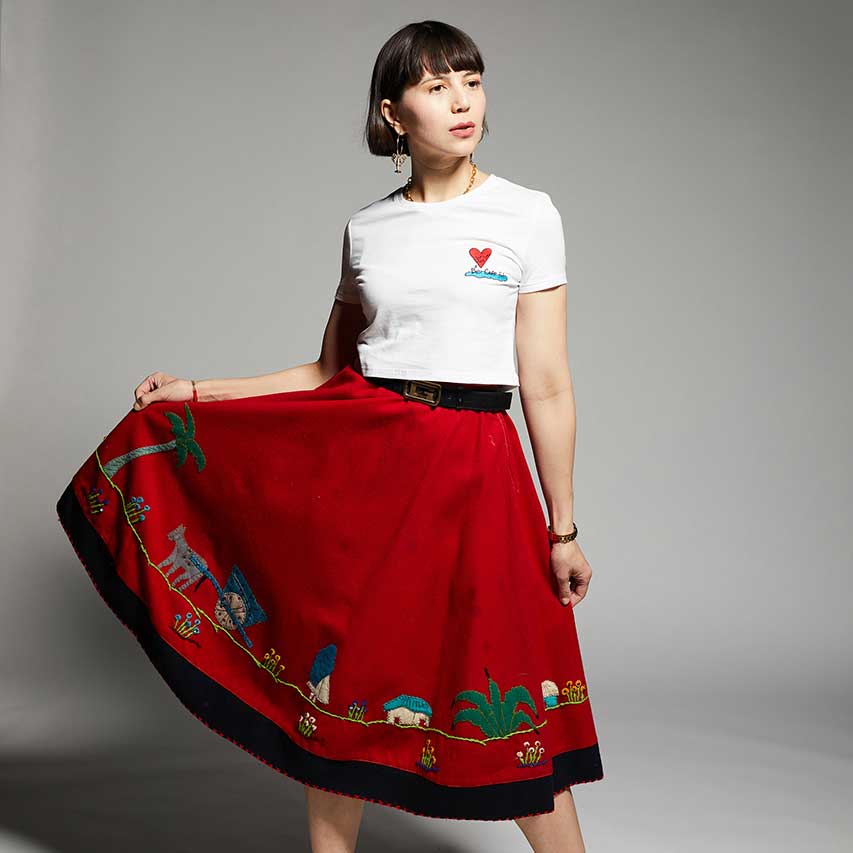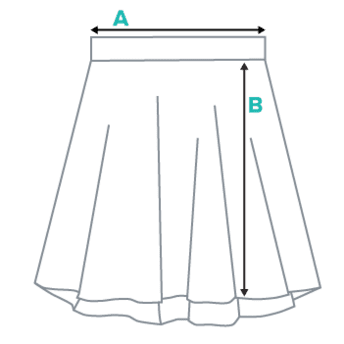Shop now and enjoy free shipping on orders over $100 within the US!
Shop now and enjoy free shipping on orders over $100 within the US!
Vanity sizing is a term that refers to the practice of labeling clothing with smaller sizes than usual to boost the wearer’s body image. While seemingly beneficial for those conscious of their size, it can lead to confusion and frustration when sizes vary across brands. This trend, seen in various fashion lines, could promote unrealistic beauty standards and unhealthy body perceptions.
However, proponents argue that vanity sizing empowers individuals to choose clothing that enhances their appearance and confidence, irrespective of size. It may also encourage retailers to offer more inclusivity in sizes. While the long-term impact remains uncertain, this practice provides consumers with more options for stylish and comfortable wardrobe selections, fostering self-assurance.


Vanity sizing is a tactic where clothing is labeled smaller than its actual size to boost customers’ self-esteem. Companies achieve this by inflating measurements, making a size 10 fit like a size 8. This strategy has existed for years to give shoppers a confidence boost.
Different brands execute vanity sizing uniquely, altering measurements so their sizes seem smaller than competitors’. For instance, an American Eagle size 6 might match an Abercrombie & Fitch size 4 or a Forever 21 size 3. This practice essentially flatters customers by making them believe they’re wearing smaller sizes.
Vanity sizing feeds into society’s thinness fixation, exploiting our desire to appear smaller. Companies tap into this yearning by providing a false sense of achievement when we wear apparently smaller sizes. While this can enhance confidence and encourage purchasing, it can also create confusion about choosing the right size. To avoid this, measure yourself before shopping and compare against each brand’s sizing guides to find your ideal fit.


Finding the right size of clothing can be a struggle for many people. It can be difficult to find a size that fits correctly and flatters your body shape. Fortunately, there are several different methods you can use to make sure that you get the perfect fit for your clothes.
First, it’s important to accurately measure yourself in order to determine the correct size. Make sure you take measurements with a flexible measuring tape and record them accurately in order to get the most accurate sizing information. Pay attention to the measurements around your chest, waistline, hips, as well as any other areas where clothes are likely to fit snugly or need extra room.
Another great way to find clothing that fits correctly is to try on items before making a purchase. This will allow you to see how each item looks and feels on your body before you commit to it. If possible, shop at stores that offer dressing rooms so that you can try on multiple sizes without having to buy them all first.
Finally, pay attention to fit guides when shopping online. Many websites provide helpful guides and sizing charts that compare measurements with their own products so that shoppers can pick the right size for their needs without ever having tried it on before. These tools can be incredibly helpful when shopping online and provide an easy way of finding clothes that fit correctly while avoiding having to make multiple returns or exchanges due to incorrect sizing information.
Overall, finding the right size of clothing doesn’t have to be an overwhelming experience if you know what methods and resources are available for helping you out along the way. With accurate body measurements, trying items on beforehand and referring back to fit guides online, finding clothes in your correct size doesn’t have to be complicated!
Vanity sizing, commonly practiced in the fashion and apparel industries, involves adjusting clothing sizes to boost consumers’ self-esteem about their body size. While initially appearing positive, this practice can have adverse effects if overly relied upon. For instance, purchasing clothing based on a “vanity size” can result in ill-fitting garments, leading to discomfort or even physical strain due to lack of proper support or excessively tight clothing. Moreover, vanity sizing fosters unrealistic body image expectations, potentially triggering unhealthy behaviors like extreme dieting and excessive exercise as individuals strive to attain an unrealistic size standard. Compounding this issue is the confusion caused by varying sizing standards across retailers, leaving consumers perplexed about their actual size; shopping at different stores with distinct vanity sizing approaches can yield significantly different outcomes, despite purchasing the same nominal size.
Overdependence on vanity sizing poses challenges for businesses as well, as processing returns due to size discrepancies can incur substantial time and financial costs. While vanity sizing can offer some advantages to consumers, it is imperative not to place excessive trust in these sizes and recognize that they may not align with one’s true body dimensions. Taking precise measurements before shopping and understanding how different retailers implement vanity sizing can help mitigate potential issues associated with this trend.
It can be hard to find the right size when shopping online, especially when dealing with vanity sizing. Vanity sizing is a practice in which clothing manufacturers label clothing sizes that are larger than the actual measurements. This means that someone who usually wears a size “M” may have to purchase an “L” or even “XL” because of vanity sizing. Shopping with vanity sizing in mind is key for finding clothes that fit properly and look good.
The first step when shopping with vanity sizing is to measure yourself carefully. This will give you a better idea of your true size so you don’t end up purchasing something that doesn’t fit properly. Be sure to measure your bust, waist, hips, and inseam so you get the most accurate results possible. You should also familiarize yourself with how different brands size their clothing. For example, one brand might label a size “M” as being smaller than another brand’s size “M” even though they are technically the same measurement.
Once you know what size you need, it’s time to shop! When browsing online stores, pay close attention to the product descriptions and look at any customer photos or reviews if available. These can give you an idea of how the item fits on other people with similar body types. Additionally, many companies offer free exchanges and returns for items purchased online, so don’t be afraid to take advantage of this service if needed.
Finally, try not to get too hung up on labels or worry about what other people think about your style or size when shopping with vanity sizing in mind. Instead focus on finding clothes that make you feel comfortable and confident! With patience and a keen eye for detail, you can find great pieces that fit perfectly no matter what their labeled size is!
Vanity sizing offers an interesting way to find flattering clothes, and it can be a great way to boost self-confidence. Ultimately, the goal should be finding clothing that works for your own individual shape and size, no matter what label says on the tag. Be sure to take good measurements of yourself or have them taken professionally and then compare sizes across brands. But most importantly, trust your instincts: if it looks good and feels good, go for it! While vanity sizing is a useful tool in certain cases, it can also lead to problems if overused; buyers should always do their research and take extra care when shopping online. All in all, though, with the right approach and the right knowledge at hand, vanity sizing could become your best fashion buddy! What’s your experience with vanity sizing? Do you think you’d be better off with the help of a stylist or bespoke designer? Share your thoughts in the comments below!
#vanitysizing #bespokedesigner #fashionstylist #quirkfashion

Fashion Stylist, Designer & Creative Director Quirk
Quirk BOUTIQUE, is located at 112 West 9th St. #200 Los Angeles, CA 90015